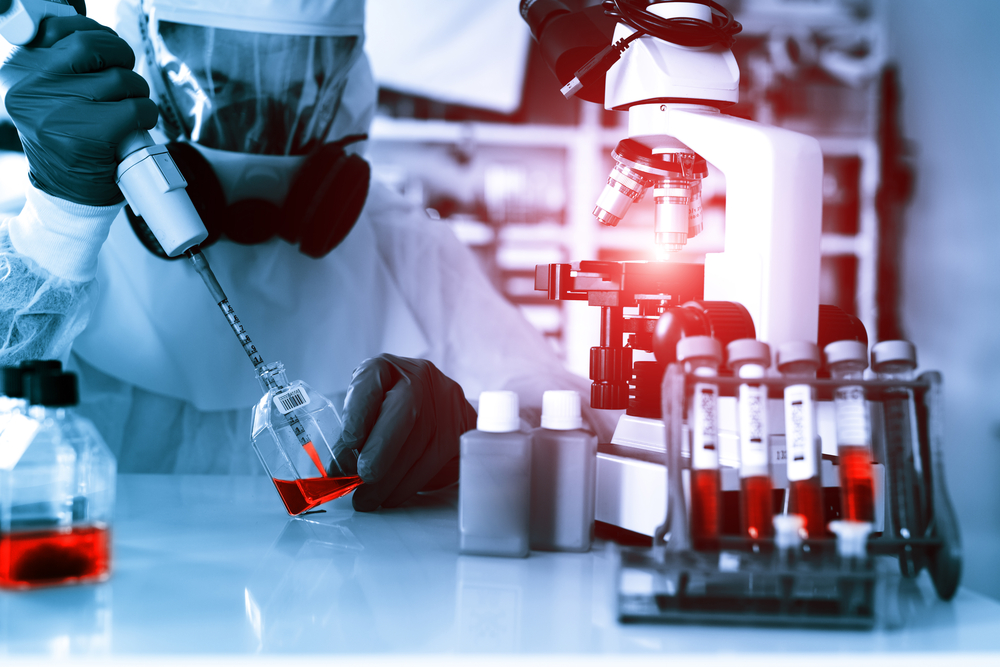
The U.S. Government Accountability Office (GAO) recently conducted a study on the capabilities and challenges of medical device technologies in order to assess their abilities to rapidly diagnose infectious diseases.
As infectious diseases continue to pose a public health threat throughout the world, a number of U.S. federal agencies identified technologies to assist in diagnosing infectious diseases by using a variety of assays, including those that simultaneously test for the presence of different pathogens.
For its report, GAO was tasked with examining the reported performance characteristics and costs of commercially-available multiplex point-of-care technologies (MPOCTs), the technical challenges associated with multiplexing assays, and the benefits and challenges associated with those technologies.
Specifically, GAO examined technologies with varying features including physical size, number of diseases tested at the same time, and testing throughput. The report found that the technologies testing time varied from as little as 20 minutes to as long as two hours. Procurement costs similarly varied, ranging from $25,000 to up to $530,000 per unit while per-test operational costs ranged from $20 to $200.
While the testing process itself can be time efficient in some cases, developers identified a number of technical challenges to developing multiplex assays that can slow MPOCTs development and raise costs. One example cited in the report included a lack of patient sample access and reliable genetic databases for developing interactions based on the modification that goes through U.S. Food and Drug Administration (FDA) testing prior to their commercial availability.
Some implementation challenges were also observed by GAO, including a reluctance by medical users to adopt MPOCTs due to factors such as a lack of familiarity with the technology, costs associated with them, and a reluctance to order and pay for all the tests given for a multiplex assay.
GAO also noted a number of potential MPOCT benefits including improved patient healthcare management, more appropriate use of antibiotics, an improved ability to limit disease spread, and health care cost savings.
GAO offered no recommendations in its report.




